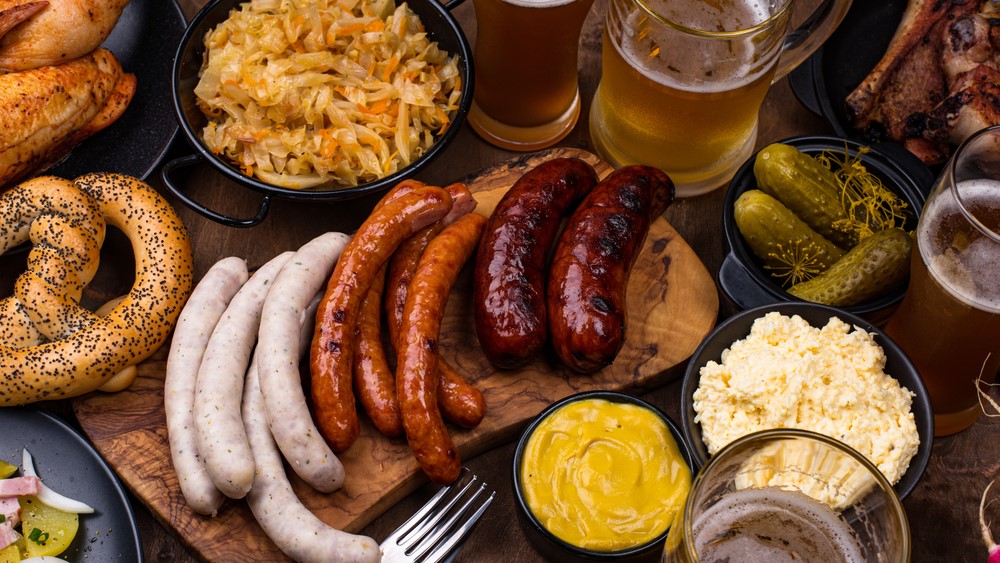German tapas are a new food trend.
Others are reading now
Think schnitzel, bratwurst, and spaetzle, all downsized and served for sharing.
It’s called German tapas, and it’s redefining how a new generation eats, according to Esquire.
A Spanish Tradition Goes German
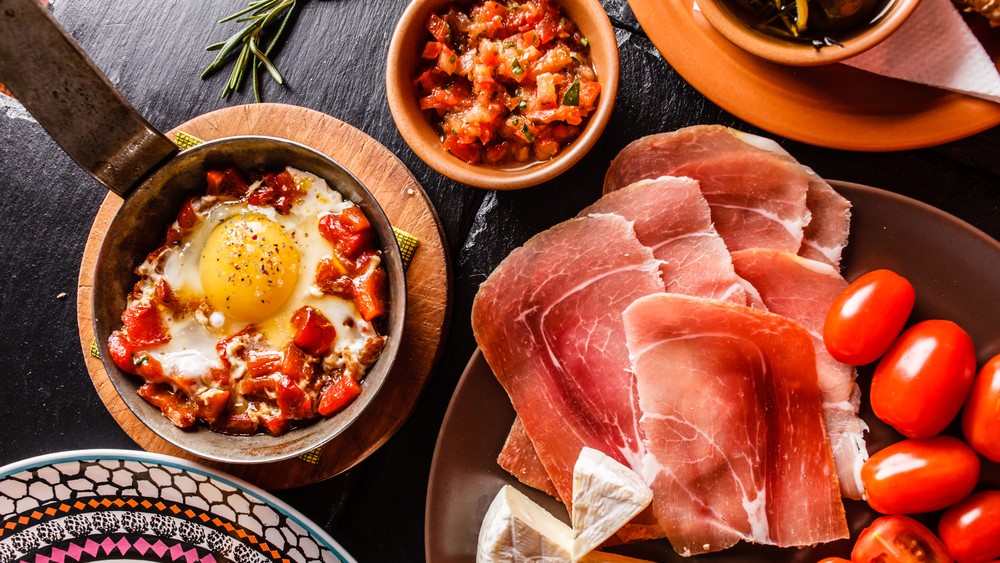
The concept of tapas—small, shareable dishes typically served with drinks—originated in Spain and is now being reinterpreted through a German lens.
Instead of patatas bravas or chorizo, diners are finding mini portions of Königsberger Klopse, mustard eggs, croquettes, and schnitzel arranged artfully on small plates.
At its core, this is still tapas culture. Everything is placed in the center of the table to be shared, eaten slowly, and enjoyed together.
Also read
But now, it comes with a distinctly German twist.
Gen Z Is Driving the Shift

Food trends are increasingly influenced by Generation Z, a demographic that prefers snack-sized meals, social dining, and—yes—Instagrammable presentation.
Snackification
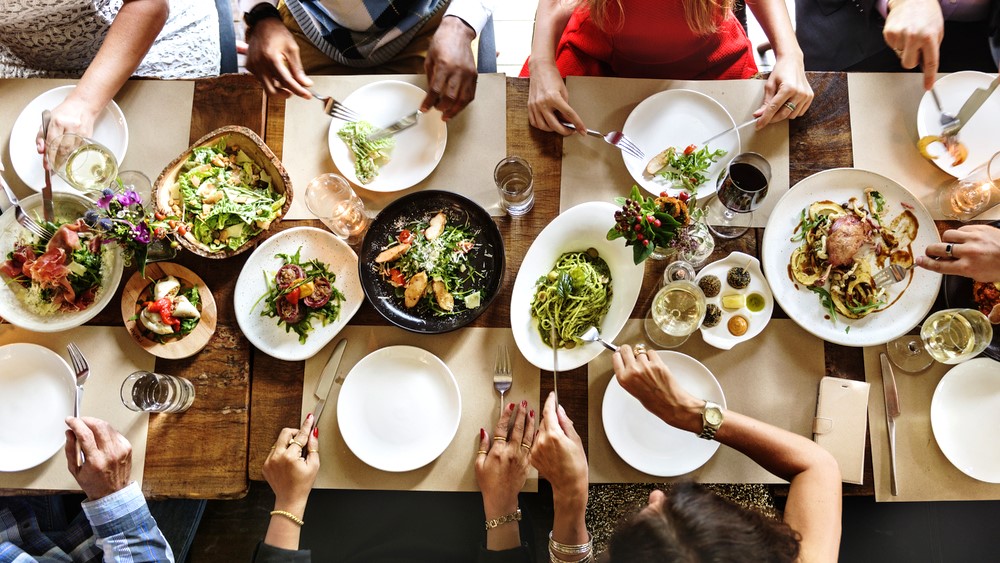
The phenomenon even has a name: “snackification.”
Rather than committing to a heavy entrée, young people are gravitating toward multiple smaller dishes that are easier on the wallet and lighter on the stomach.
It’s no longer just about the food—it’s about the experience, the aesthetics, and the social aspect of eating.
Also read
From “Heavy” to Hot Again

German cuisine was long viewed as stodgy and outdated, especially compared to the breezy appeal of Mediterranean or Asian cooking.
But that’s changing.
The Rustic Charm of German Food
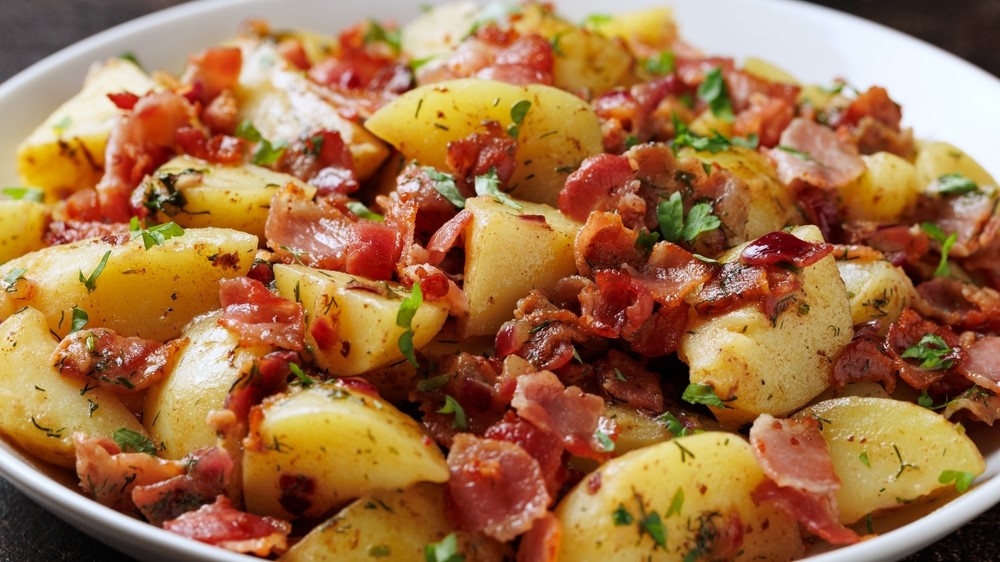
Younger chefs and diners are embracing the rustic charm of German classics—just reimagined in smaller, trendier portions.
A mini sauerbraten or a single bite-sized Bratwurst mit Senf carries the same nostalgic flavor without the old-school heaviness.
Tapas-Style Dining Fits the New Restaurant Scene
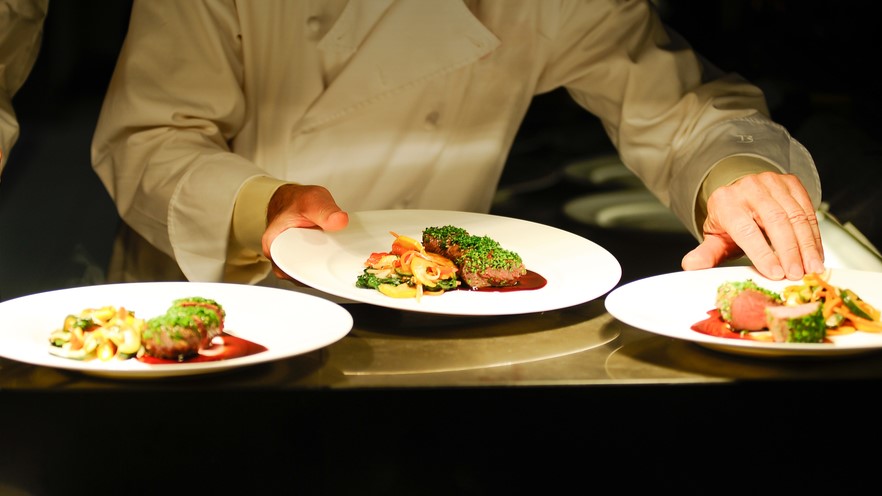
Food presentation has evolved dramatically, and so has where we eat.
Also read
The rise of day bars and casual bistros is shifting the focus from white-tablecloth dining to stylish yet relaxed settings.
In these new spaces, Michelin-level plating meets “grandma’s recipes.”
Dishes are simple, often using just a few high-quality ingredients, but they’re elevated through presentation and context.
Visual Appeal Matters

The appeal of German tapas is also visual.
Shared platters, colorful plates, and well-balanced portions make for compelling content in an age where “camera eats first.”
Also read
For Gen Z, a meal must not only taste good but look good. That explains why tapas-style dining also feels inherently modern when plated creatively.
Where to Try German Tapas
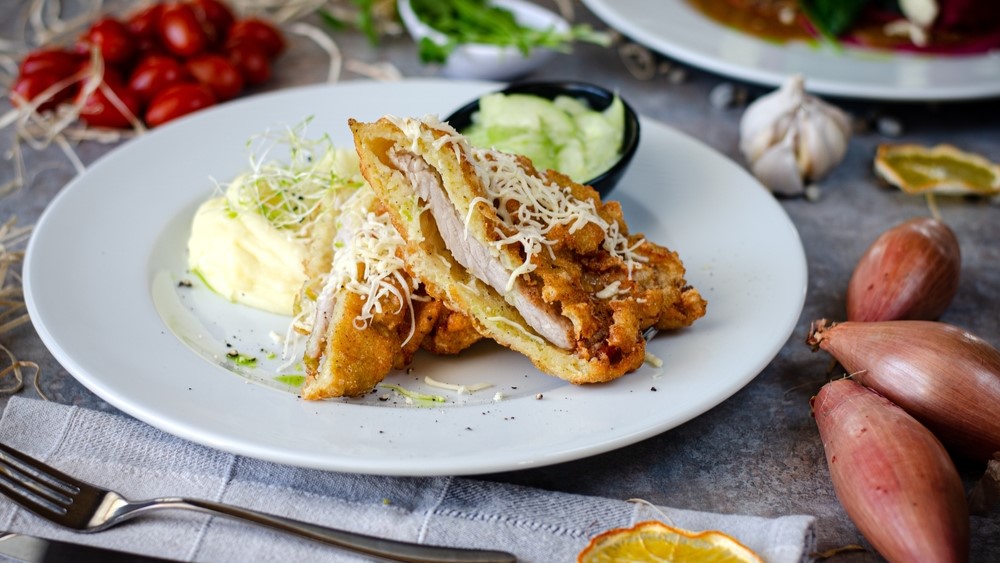
Restaurants across Germany are catching on.
In Berlin, Klinke has become a standout, merging German dishes with international flair. Expect everything from goulash soup to pickled vegetables in tapas form.
In Augsburg, Tafeldecker serves Bavarian and Swabian specialties in miniature: roast pork, potato salad, and bratwurst get a new lease on life when served in small bowls and shared at the table.

